Yale University’s most popular class is now free for teenagers—why it could make you happier6/16/2023
Psychology Professor Dr. Laurie Santos, whose one-time-only class ‘Psychology and the Good Life’ is the most popular course ever offered at Yale University in New Haven, CT and was held on April 26, 2018.
Laurie Santos wants to help teenagers, and the rest of the world, feel happier. Santos, the psychology professor behind Yale University’s most popular course, recently launched a free six-week version of the class aimed at teenagers, called “The Science of Well-Being for Teens.” It was developed to address rising rates of anxiety, depression and suicide rates for kids between ninth and 12th grade, Santos says. Lesson No. 1, she preaches in one of the course’s pre-recorded lectures: Our brains lie to us about what makes us happy. “For adults, this may mean pursuing money or success at work, and for teens this might mean focusing on the perfect grades and getting into the best colleges,” Santos tells CNBC Make It. “The problem isn’t that we’re not putting work into feeling better — it’s that we’re doing the wrong things, prioritizing the wrong behaviors.” Instead of focusing on reaching a financial milestone or perfect GPA, aim to program your brain with thoughts and behaviors that make you feel better, Santos recommends. Regularly connecting with friends, taking care of your health and learning how to accept negative emotions all contribute more significantly to your wellbeing than having the right job, car or relationships, she adds in a course lecture. This isn’t Santos’s first foray into democratizing happiness. She hosts a podcast called “The Happiness Lab,” and launched a free online course for adults called “The Science of Wellbeing,” which has seen over 4 million enrollments since its 2018 launch. The timing of the teen-specific course, which already has at least 17,000 enrollees, is notable. More than a third of teens self-report experiencing poor mental health, and nearly half feel persistent sadness or hopelessness during the pandemic, according to a Centers for Disease Control and Prevention survey that surveyed participants through mid-2021. Even before the Covid-19 pandemic hit, those numbers had already increased by 40% from 2009 to 2019, the CDC noted. The agency’s survey also found that 20% of teens had seriously considered, and 9% had attempted, suicide. Santos says she wants to help change those numbers by making the science of happiness accessible. Happiness isn’t just about enjoying our day-to-day lives, she adds: It helps you land jobs and live longer, contributing to your success when you’re not really chasing it. There’s also a negative correlation between high GPAs and self-esteem, Santos notes, citing research from author Alfie Kohn’s book “Punished by Rewards.” A separate 1998 University of Clemson meta-analysis found something similar: There’s almost no correlation at all between high GPAs and salary growth over the duration of your career. Put together, the message is clear, Santos says. Students with the highest grades are often less happy — and happiness a better indicator of success than quantitative measures like grades. Happier people also live longer, Santos says. Her evidence: nuns. A 2001 study published by the American Psychological Association spent a decade analyzing Catholic nuns, who were between the ages of 75 and 102 when the study began in 1991. Of the 678 nuns who participated in the study, 180 provided journals they’d written between the ages of 18 and 32, and researchers found that those who’d recorded positive feelings early in life and throughout the study lived longer. Out of the happiest quarter of nuns, 90% lived to be 85 years or older, researchers found. The study is hopeful, to Santos: People can learn to be happy and successful regardless of their surroundings. “I think the biggest misconception is that our happiness is based on our circumstances,” Santos says. There’s a lot of evidence that, at least for people living above the poverty line and outside of truly traumatic situations, our circumstances don’t matter as much as we think for our overall happiness.”
Written by Megan Sauer @MEGGSAUER
0 Comments
Since 2018, Google Arts & Culture Lab has been exploring the application of artificial intelligence (AI) and machine learning (ML) in an artistic and cultural context. Both as a tool and a collaborator, AI — like other emerging and revolutionizing technologies before it — opens up a multitude of possibilities for artists, technologists and cultural institutions, whether that’s within the creative process, to solve a challenge, or as a new way of engaging with audiences. Many of our collaborations originate from singular questions: What’s it like to hear color? How can an artist's archive inspire the creative process? Can I find my doppelgänger in a museum? What ways are there to visualize the climate crisis? How can we make Gen Z dig opera singing? How can curators uncover lost stories? Questions such as these have driven us for years, and more often than not, AI played the key role in developing the formats and experiences to answer them. So, let's take a look at how AI has been of service to the world of culture through 9 of our most intriguing projects.  Preserving and promoting endangered languages with AI Preserving and promoting endangered languages with AI AI as a tool for solving challenges Of the 7,000 languages currently spoken on Earth, more than 3,000 are under threat of vanishing. Woolaroo is an open source tool that helps language communities preserve and expand their language word lists. Today it supports 17 global languages including Louisiana Creole, Māori, Nawat, Tamazight, Sicilian, Yang Zhuang, Rapa Nui and Yiddish. Woolaroo — with the help of AI powered object recognition — identifies objects in your camera’s frame and matches them to its ever growing library of words. More here. Women on the forefront of science often haven’t received proper credit or acknowledgement for their essential work. That’s why we collaborated with curators of the Smithsonian to develop machine learning tools that can help to uncover the history and contributions of women in science that were previously too hard to locate. The tools provide curators and data scientists with at-scale analysis and visualizations across nearly two centuries of cultural data. Find out more. Gustav Klimt’s three masterpieces, Medicine, Jurisprudence, and Philosophy, were destroyed during the Second World War. Of these so-called “Faculty Paintings” only black and white photos and articles describing the paintings remained. Working closely with Klimt experts from the Belvedere Museum, we digitally restored Klimt’s Faculty paintings using machine learning to what they might have looked like. Discover more here. These are just three of many projects targeted at solving challenges our cultural partners face. AI has also been used to help identify artworks captured in old photographs of MOMA exhibitions , analyze large datasets from LIFE Magazine, and make NASA’s visual archive understandable with surprising and interactive results. AI to experiment with new ways to connect with culture online Blob Opera is a playful machine learning experiment that takes your musical ideas and transforms them into beautiful harmonious opera singing — no singing skills required. We used the voices of four professional opera singers to train a “neural network,” essentially teaching the algorithm how to sing and harmonize across four different voice types and incorporating singing synthesis, an area of AI focused on how computers can model human singing. A digital toy for everyone regardless of musical skills, Blob Opera has been used in many contexts, from teachers in the classroom to professional artists to amateur creatives. More here. Art Selfie provides a doorway into art, surfacing artwork with faces that look like yours. When you take a selfie, a machine learning model compares your photo with faces in artworks that our museum partners have provided. After a short moment, you will see your results along with a percentage to estimate the visual similarity of each match and your face. You can then tap on your lookalike to discover more information about it and its artist, one that perhaps you've never heard of before. Read more here. What if you could hear color? In this collaboration with the Centre Pompidou, you can explore Vassily Kandinsky’s synesthesia and “play” his pioneering masterpiece, Yellow-Red-Blue, with the help of machine learning. Everyone — perhaps for the first time —can now experience what a “Kandinsky” sounds like by listening to a painting. More information here. Other projects connecting people to culture in new ways include Giga Manga, which helps you create unique manga characters with the help of machine learning. Sketch a few simple lines and add some splashes of color — then let machine learning fill in the rest. And following the success of Art Selfie, we also created Art Transfer and Pet Portrait. AI as a tool for artists in their creative work This tool for choreography, powered by AI and created with renowned choreographer Wayne McGregor, generates original movement inspired by Wayne McGregor’s archive, creating a live dialogue between dancers and his 25 year body of work. Try out this “Living Archive” here. If Pollinators designed gardens, what would humans see? Commissioned by the Eden Project, Cornwall, UK, and created by artist Alexandra Daisy Ginsberg, this one-of-a-kind interspecies artwork called Pollinator Pathmaker, uses an algorithmic tool to help you design and plant gardens for endangered bees and butterflies POEMPORTRAITS is an online collective artwork created by artist Es Devlin in collaboration with Google Arts & Culture Lab and technologist Ross Goodwin that allows visitors to create poems with the help of AI. It is accessible online & currently on tour as an installation as part of Barbican Centre’s AI: More than Human exhibition.
Through our AMI Grants, we’re also supporting contemporary artists working with machine learning in their art practices, presenting possibilities of artistic application of machine learning since 2019. The grants have helped a diverse set of international artists to collaborate with Google creative technologists to explore machine learning techniques in film, poetry, sound art, and interactive storytelling — with more to come. This article first appeared on Google Arts & Culture. Written by Amit Sood |
Written, Compiled & Edited byThe Bergen Review Media Team
�
Archives
April 2024
Categories
All
|
|
Bergen Review Media is a
WebClientReach, llc Company |
50 East Ridgewood Ave. #215
Ridgewood, NJ 07050 Phone: (201) 948-5500 |
The Bergen Review is Bergen county's concierge for the best businesses, restaurants & venues in New Jersey. Our agency has a combined total of over 15 years experience in online media and marketing. Our team of experts scour every nook and cranny of New Jerseys best businesses, restaurants & venues to present to our clients the full scoop of where best deals & experiences are. Even after researching & looking at reviews, finding the REAL scoop on what Businesses, restaurants or venues best fit your interest can be a challenge. Bergen Review Media has a team that researches & visits various establishments. Making sure the consumer gets the best experience.
|
Website by Bergen Review Media

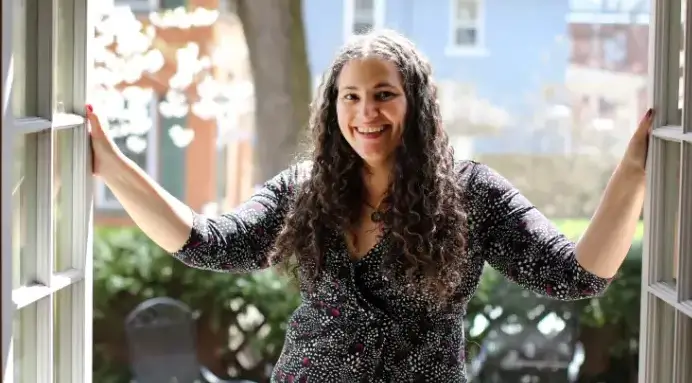


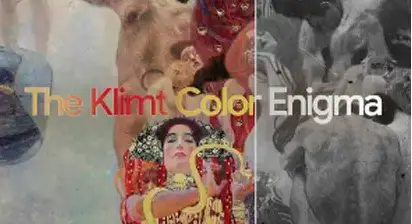
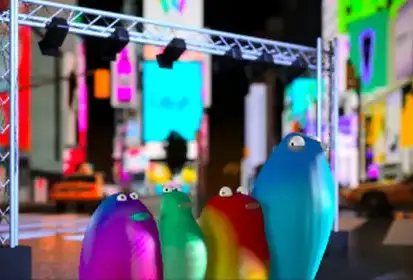
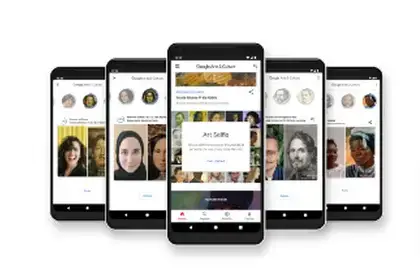
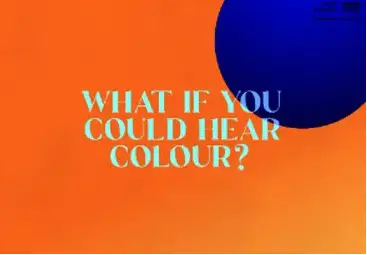

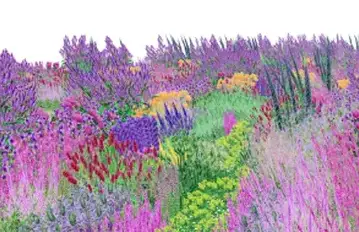

 RSS Feed
RSS Feed






